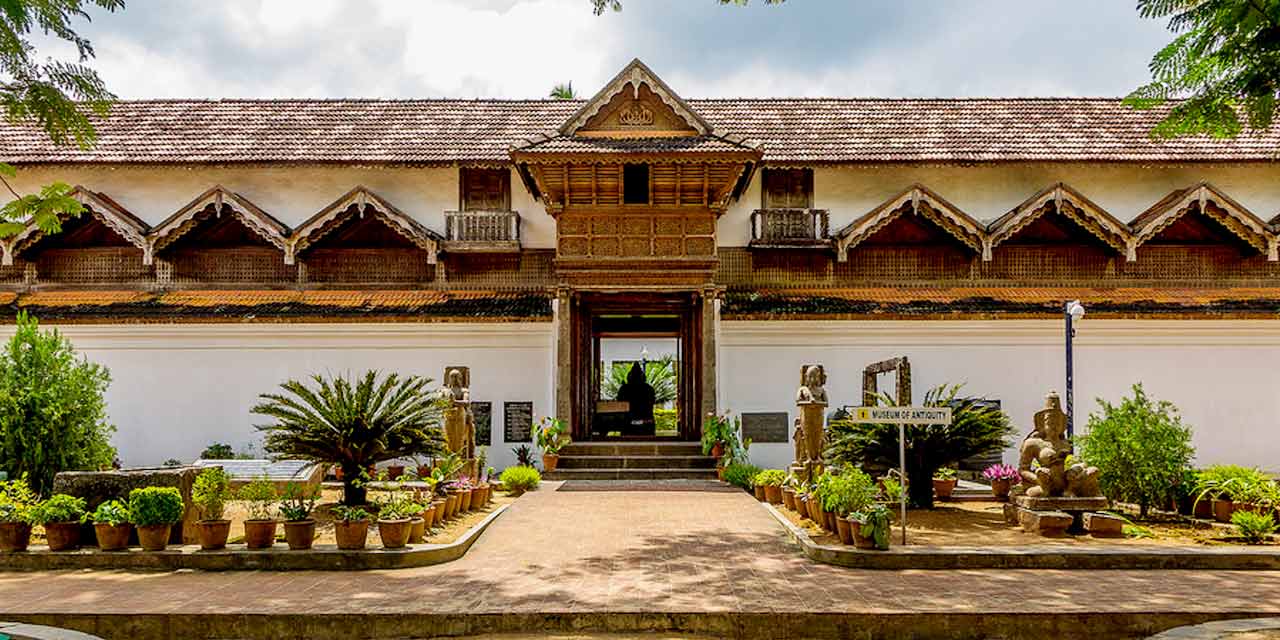Reading Time: 4 minutes


While writing my memoirs about certain places of tourist interest down south, I had inadvertently missed out on two unique places. Later, however, to quote Wordsworth, they “flashed upon my inward eye.” So I determined to get down to writing about them.
Picturesque Poovar
At a stone’s throw from Thiruvananthapuram, Kerala’s capital, is located Poovar – a picturesque, nay unique ecosystem, containing lake, river, sea and a beach all rolled into one. And to crown it all, there is the pretty island of Poovar closeby. This place, in reality, an estuary, is hemmed in by several, placid dark backwaters for which Kerala is famous worldwide. In geographical terms Poovar separates the River Neyyar from the sea. The place was originally a fishing village. However, its unspoiled primeval beauty helped to place it on the state’s tourist map. Tourists require having atleast half a day at their disposal to visit Poovar.
There are many motorboat ride packages –with varying rates – to transport the tourists to this fascinating destination. Once your boat leaves the coast, you are suddenly enveloped by a vast expanse of soothing green. Yes, the waters beyond your boat are green, the profuse wild vegetation around you are green too! How did the place get its name? For this we need to delve a little in history.
During the 1700’s, there was a political upheaval in this part of the state. The incumbent ruler 

Once you climb board dispel your worries and anxieties. Drink in the beauty of nature as your boat sails lazily along. You will get the feeling of being in Paradise or the fabled Garden of Eden, call it what you will. A hushed silence pervades all. The only sounds that you hear are chirping of birds, and chug chug of your motor boat. This is your one in a million opportunity to enjoy utmost tranquility – far from the madding crowds and concrete civilisation. So grab it while it lasts!
This journey is nothing short of a nature- walk- cum- open-air botany class. The immense variety of vegetation –from water hyacinth to moss and lichens to mangroves (with ramified aerial roots) to vines and creepers, not forgetting the majestic evergreens, slender coconut palms and plantain groves– is stunning! A feast to the eyes to say the least! Your boat will float past a miniscule bird sanctuary ,where – if you are lucky – you will catch a glimpse of the winged guests with their multicolored plumage.
The Poovar beach with its golden sands is spick and span, unlike some other beaches which I visited lately. Sprawl on the beach to watch the aquamarine waters raising their frothy heads. Nearby, on an islet, you behold an image of Pieta (Mother Mary holding dead Jesus in her arms). This is merely a replica of the famous original Renaissance sculpture, now housed within the Vatican, Italy.
Provided you have the time, take a peek at the quaint fishing village nearby. Observe the nameless faceless simple folks going about their day to day life and activities. To further heighten your Poovar experience, you could pre-arrange luxurious accommodation in the pretty floating cottages (that is the resort actually!) on the brink of the tranquil lake.
Padmanabhapuram Palace
Situated at a distance of 64 kms from Thiruvananthapuram and nearly 20kms from Nagercoil, (Kanyakumari district of Tamilnadu) is Padmanabhapuram Palace, belonging to the erstwhile rulers of Travancore, who reigned from here. The rulers of Travancore were ardent devotees of Padmanabha (Lord Vishnu with a lotus navel). Therefore, they named the palace and the entire area as Padmanabhapuram (city of Lord Vishnu).
A sheer masterpiece of indigenous architecture the edifice carved entirely out of wood is surprisingly well-

The palace abounds in several underground secret passages, which heighten the air of mystery. The other conspicuous exhibits include the majestic royal bed, Queen Mother’s chambers with painted ceilings, mural paintings, floral and fish carvings, a mahogany musical bow, coloured mica windows, ornately carved chairs, icons of Lord Krishna, a temple dedicated to Devi Saraswati, hanging brass lanterns, and what have you!
In 1795, the capital of Travancore was shifted to Thiruvananthapuram. Consequently, the palace lost its glory and splendour. However, thanks to the efforts of the government of Kerala, the status of the palace has been largely refurbished. At present, it has turned into a major crowd-puller, attracting tourists from far and wide.
©Ruchira Adhikari Ghosh
Photos from the Internet
#LordKrishna #Travancore #Thiruvananthapuram #Poovar #Kerela #IndianTourism #Travel #SliceOfLife #DifferentTruths















